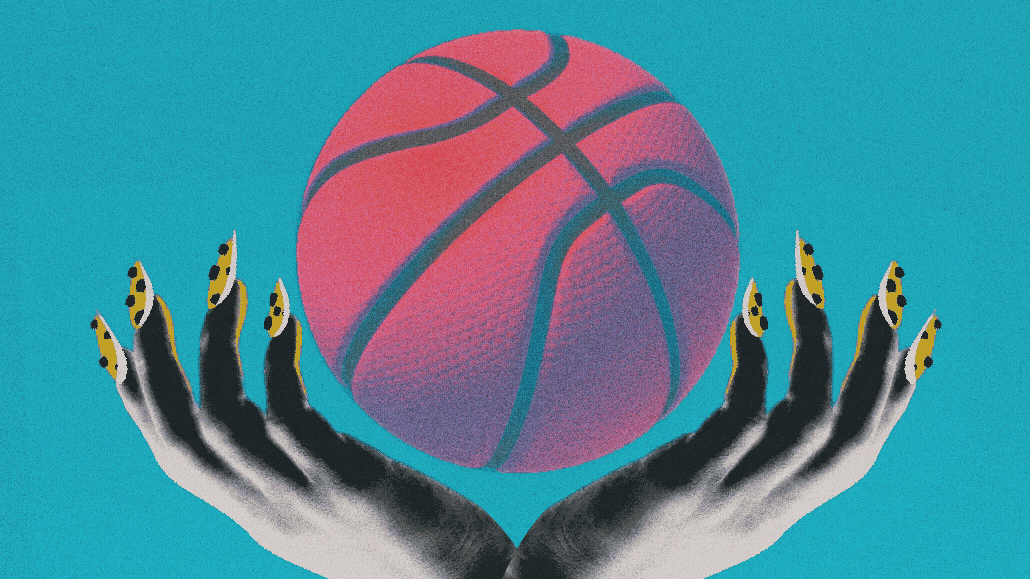Marketers focus on competitive analysis to grow their influencer marketing strategies

As a Digiday+ member, you were able to access this article early through the Digiday+ Story Preview email. See other exclusives or manage your account.This article was provided as an exclusive preview for Digiday+ members, who were able to access it early. Check out the other features included with Digiday+ to help you stay ahead
As influencer marketing continues to mature and marketers increase ad budgets for this category, there’s more effort than ever to keep tabs on the competition, according to four marketers who told Digiday they’re more focused on competitors’ influencer marketing strategies this year.
During the third quarter of 2023, influencer marketing shop Obviously started to spend more time talking to clients and pitching new business on its “predictive modeling” capabilities, according to Mae Karwowski, CEO and founder of the company. That process includes analyzing spending habits, influencer relationships and the overall share of influence of the market that a brand’s competitor may have on a monthly or quarterly basis and then devising a strategy for their client brand based on that knowledge.
That intel can give potential clients a better idea of the “white space” available, explained Karwowski, who added anecdotally that throughout the first quarter of this year the shop has been “winning more pitches,” but did not provide specific new client names. Let’s say your competition is “really crushing it with this segment of Instagram Reels and it’s all funny content,” said Karwowski, adding that understanding what a competitor is doing allows marketers to find points of differentiation. “If you want to be funny, you’ve got to be funnier than them. Or we can go with something more educational or do story times.”
Other influencer marketing agencies like Billion Dollar Boy, Find Your Influence and Sway Group are also seeing more interest from clients in competitive analysis to help inform influencer marketing strategies this year.
“We’re seeing clients request six to 12 month analysis of all influencer content within and outside of their respective niches,” said Chelsea Goodson, head of creator economy at influencer agency Find Your Influence. “Brands want to know what has performed well and hasn’t for brands within their space and also see what other businesses are succeeding in so that they’re able to make an easy decision on where they should spend their own dollars next.” Goodson did not name any clients requesting this.
Danielle Wiley, founder of influencer marketing shop Sway Group, said anecdotally that she has also seen more requests for social listening competitive analysis in the proposal process.
The push for competitive analysis is likely to continue as influencer marketing expands with more players and bigger budgets. Influencer marketing ad spend is expected to hit $24 billion by the end of 2024, according to Influencer Marketing Hub data.
How the competitive analysis is managed, the KPIs that brands and agencies look at and the overall process will vary by agency and brand — and by category.
Some clients want insights from alternative verticals. For example, beauty brands could want competitor trends from luxury and automotive sectors, said Piet Southey, head of clients at Billion Dollar Boy, adding, “And internally, brands are comparing between different divisions based on how they categorize their products.”
“The metrics that we track and that clients are interested in is also changing with trends in the sector and capabilities of measurement tools improves,” said Southey, adding that Billion Dollar Boy uses its influencer marketing platform, Companion, to track campaigns and competitor trends. The “rise of social commerce,” per Southey, has also made influencer marketing “more accountable and its reporting capabilities have improved to meet that demand.”
As marketers dig into analysis of competitors’ efforts it’s not just that they want to be able to understand what competitors are doing but have a better understanding of how something may work before spending major ad dollars on it.
“They want to be able to top their competitors or be able to differentiate themselves,” said Wiley, founder of influencer marketing shop Sway Group. “Competitive data is useful to us as an agency, as it allows us to push clients to be more strategic about who they work with and how they use that content. Our clients appreciate this as it allows them to go back to their leadership teams and push for more budget. The fear of falling behind in the [influencer marketing] space is financially motivating.”
Even so, some influencer marketing agency execs believe clients need maintain a balance of awareness rather than dependency when it come to competitive analysis.
“While performance measurement is always important, we would however caution clients against becoming over-reliant on analyzing the data,” said Southey. “It can sometimes cloud the brand’s long-term vision if they’re constantly assessing performance on a short-term basis.”
More in Marketing

After watching X’s ownership issues play out, marketers brace for TikTok whiplash in 2026
TikTok’s ownership drama has echoes of X (formerly Twitter), but ad performance has kept marketers for fleeing—for now.

‘There’s no room for purists’: Generative AI is altering the agency junior talent search
AI is altering agency business models. It’s altering the skills they’re hiring for and where they’re hiring them from, too.

For platforms, here’s what’s not going to happen in 2026
Rather than the traditional platform predictions, this is a list of what Digiday believes won’t happen next year.








